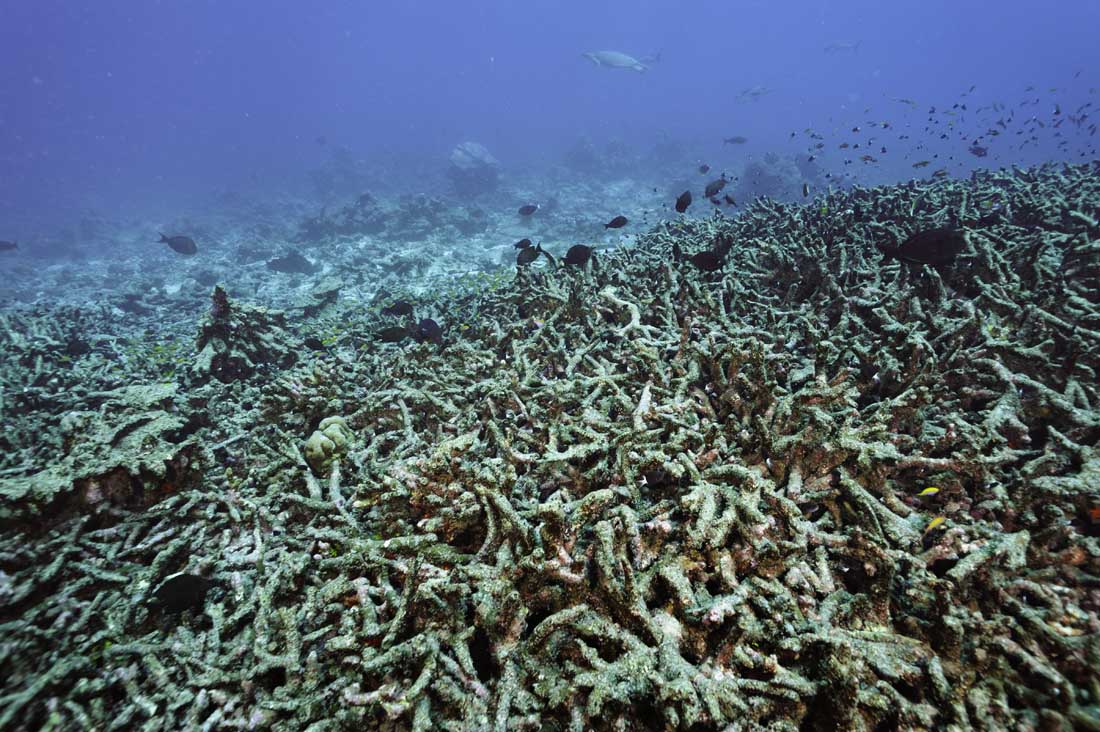Anyway, the first video I watched tells us about how climate change is affecting our oceans, and mostly our corals. Our coral's reefs are dying due to massive amounts of carbon emissions absorbed by the ocean, the ocean absorbs most of the carbon emissions and heat created by climate change. However, we aren't only losing our coral reefs, yet we are also losing species before we even discover them.
Video: Journey into the deep ocean
________________________________________________
Today, we have researched and made a graph about a topic that we have chosen to make a graph about. My partner and I have chosen to make a graph about "which country over-fished the most", by looking at the graph above it can be seen that China over-fish the most. There are a total of 7 countries in total; China, Japan, US, South Korea, Indonesia, Peru, and the Philippines. Anyway, I hope that you have learned something about countries that over-fish. We also made a slide show, talking about our topic in more detail.
This week on Huruamnu 1 as part of our sustainability subject, we have learned about the three aspects of sustainability. There is environmental sustainability, social sustainability, and last of all economic sustainability. These three aspects are an important role in sustainability, we were also tasked into putting the definitions of these words; Bearable, equitable, and viable. Anyway, here is my learning and I hope you have learned the three aspects of sustainability.
Sustainability:
The three aspects of sustainability
Environmental Sustainability: Environmental sustainability is mostly about how we can maintain the living and natural resources that reside on our planet.
Social Sustainability: Social sustainability--about creating fairness between social groups and generations. Meaning that our generation now and in the future will have access to these resources.
Economic Sustainability: Economic sustainability means taking; using our resources at a rate that guarantees the future generations will also have access to the same resources.
________________________________________________
Sustainable Development: Economic development is a conducted progress that is without the excessive diminution of natural resources.
Definition and meaning:
Bearable: Resources are shared and provided equally between social groups.
Viable: The environment must be used in a way that provides for ongoing economic needs.
Equitable: Society's use of the environment must not be destructive.
The three pillars of sustainability
________________________________________________
Today on Hurumanu 1 we leaned different terms that relate to our subject, (Climate Change). We looked at different terms and had to connect it to its definition, we then colour coded the words into red, orange, and green. Red meaning that it's getting worse, the orange is between worse and better, and green is getting better. The task that was given was pretty easy to do since we were already taught of some of the terms.
________________________________________________
________________________________________________
For the past few weeks, on our hurumanu 1. We have been working on a sustainable project of our choice. Axle and I chose to make a game board that relates to sustainability. We also took some aspects from the board game 'quelf' and mixed it in our game. In the game quelf, there are a total of five different types of cards in the game there is; showbiz, roolz, quizzle, stuntz, and scatterbrainz. These cards have different actions that we changed to relate to sustainability.
We chose to make our game with a mix of the quelf's rules, cards, and board. Because we believe that the different cards of the game we could just change and make it relate to sustainability. Our game relates to sustainability since we changed the cards to relate to a sustainability topic.



